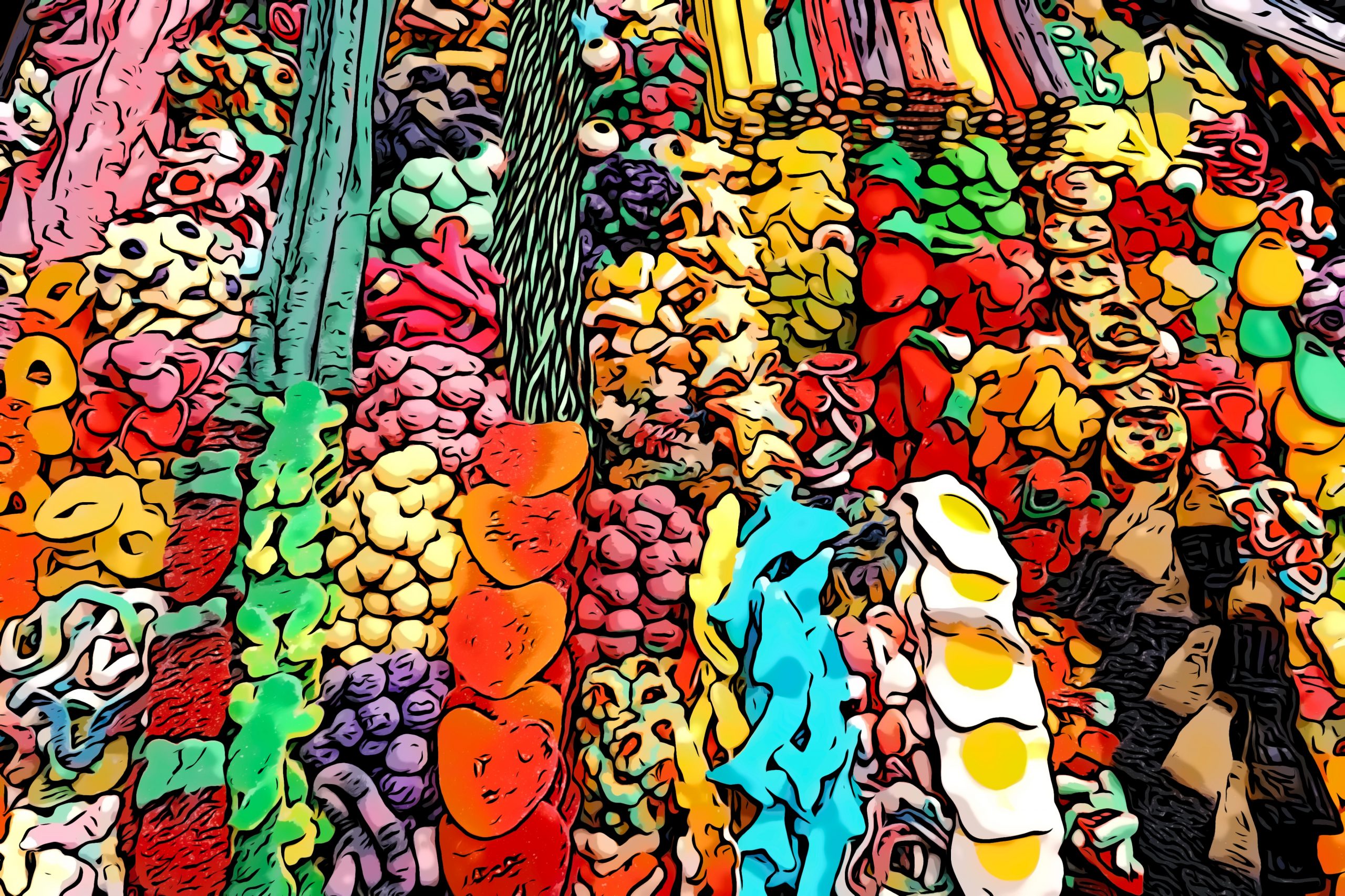How to Use the Knowledge Graph (Or Why The Graph Ain’t Just Eye Candy)

Metadata
- Author: Mark McElroy
- Full Title: How to Use the Knowledge Graph (Or Why The Graph Ain’t Just Eye Candy)
- URL: https://markmcelroy.com/how-to-use-the-knowledge-graph-or-why-the-graph-aint-just-eye-candy/
Highlights
When I first heard Nick Milo talk about maps of content, or MOC’s, I got very excited. I made a list of all my areas of potential interest. I created a MOC template. I generated MOCs for every area of interest on my list. Most of these MOCs remained blank, and I eventually deleted them. Now, I work differently. Over time, I make notes. Over time, as I link and tag and annotate, certain nodes in my graph begin to grow. Around these nodes, constellations of connects emerge. (View Highlight)
This has been my finding as well. Don’t force MOCs they will become clear when you need them.
Ready to write a post, create a presentation, record a video, or author a book on a given topic? Consult the graph. (View Highlight)
Brainstorming, by contrast, is “in the moment.” Inhibitions must be shed. Quantity of ideas must be favored over quality (at least initially). Instead of pursuing a solution, a brainstorm pursues all solutions, branching off in all directions at once without concern for staying on topic. (The time to evaluate and organize ideas will come — and must come! — before the brainstorm’s output can be made useful. But in order to be effective, we must squelch the urge to impose order prematurely.) (View Highlight)
